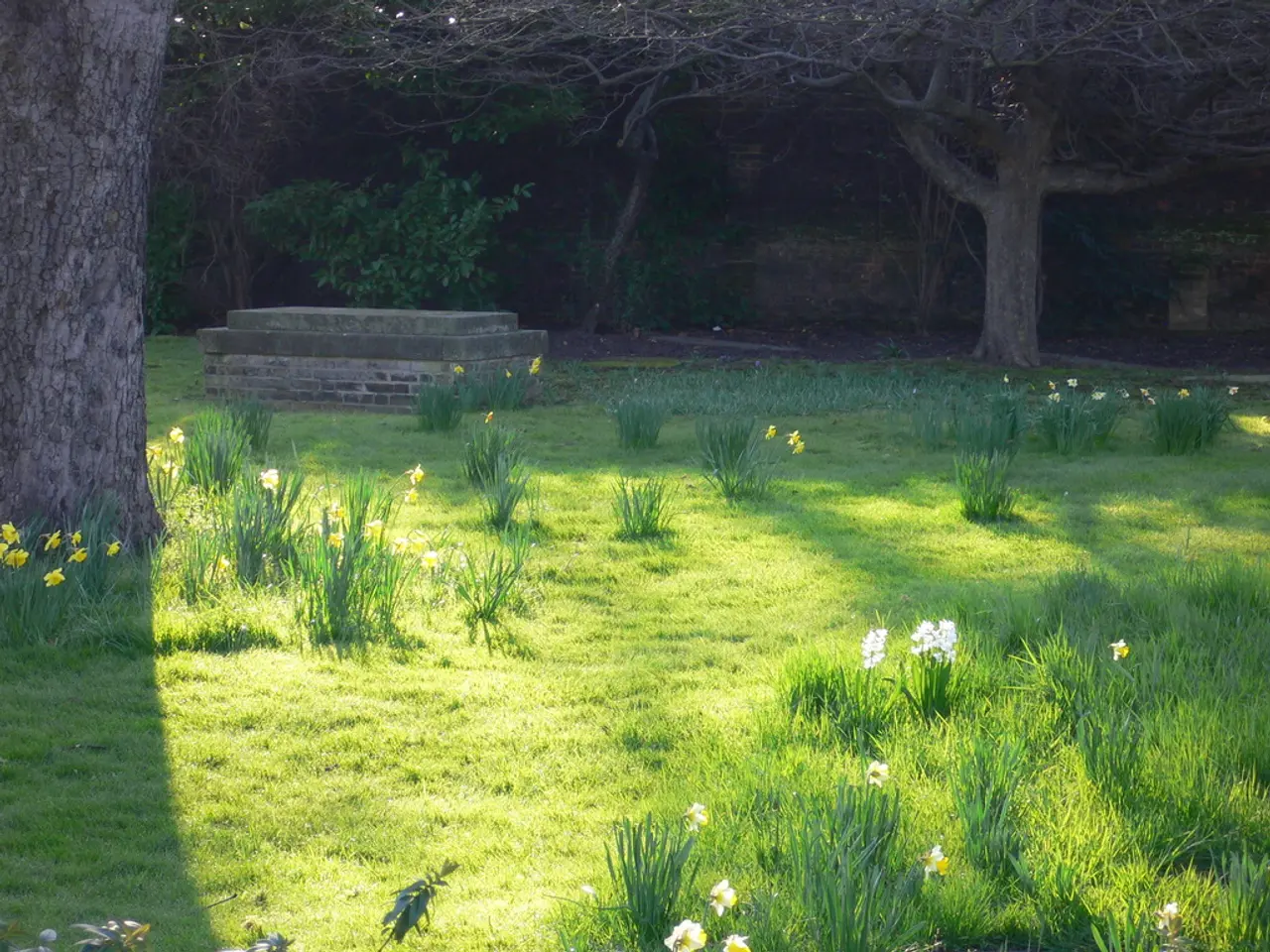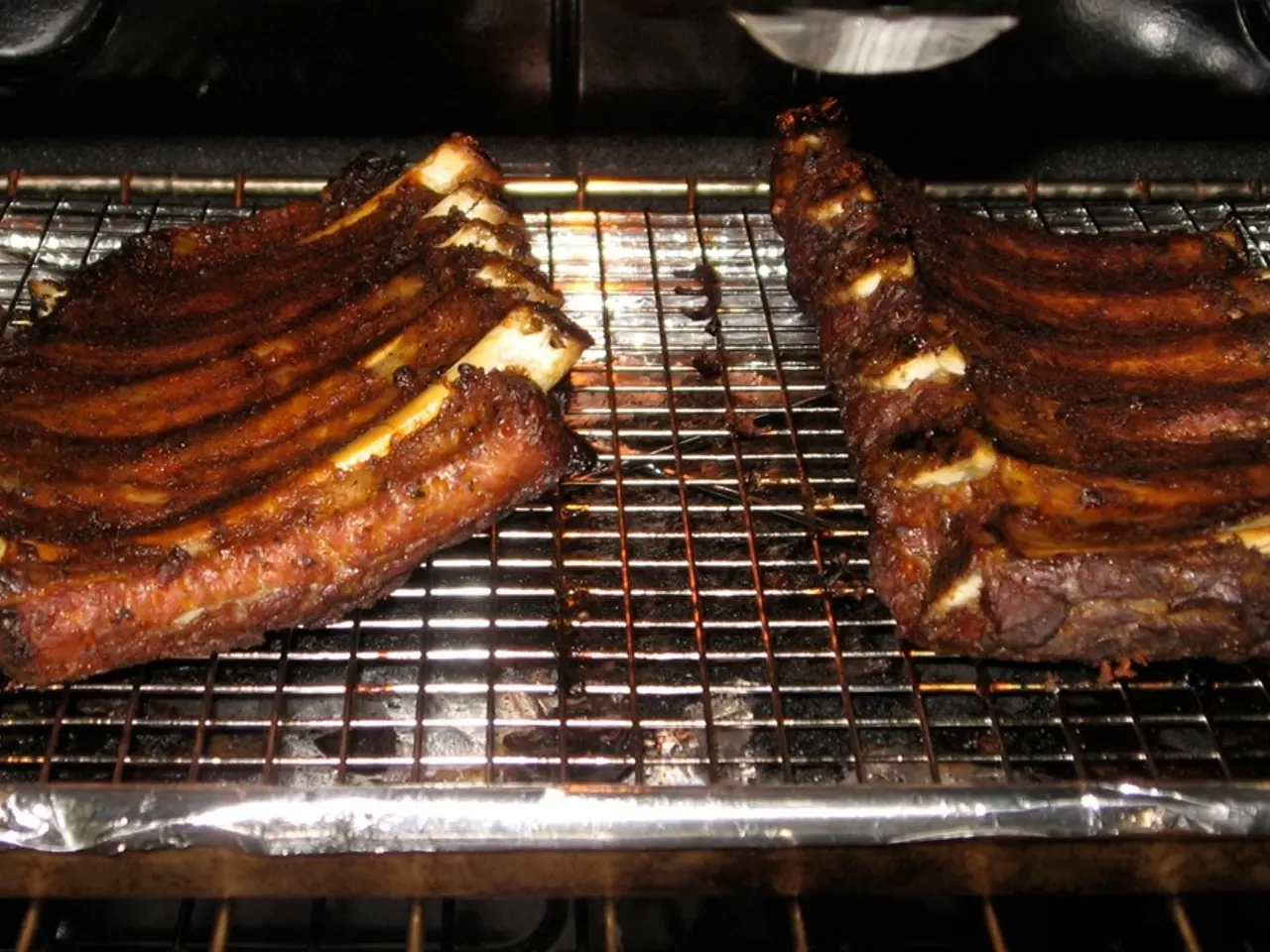Seed Saving Simplified
Mastering Seed Saving: A Straightforward Tutorial
Ever wondered how to save those lovely heirloom seeds from your garden for next year's planting? Worry not! Here, we'll walk you through a simple yet effective process to save seeds for your upcoming garden.
Why Save Seeds?
Apart from the obvious cost savings, saving seeds helps you build your personal seed bank of favorite varieties, making you more self-sufficient and connected to your food and their roots.
Steps to Save Seeds
1. Cultivate the Right Varieties
Pick open-pollinated or heirloom varieties for seed saving. These seeds will continuously breed true to their parents, while hybrids usually do not.
2. Know Your Plant's Growth Pattern
Not all plants seed annually. Familiarize yourself with whether the plant is an annual, biennial, or perennial, as this affects the seed collection process.
3. Prevent Cross Contamination
Some plants can cross-pollinate with other varieties of the same species, leading to hybrids instead of pure seeds. To avoid this, have a good understanding of which plants can cross-pollinate and maintain separate varieties in your garden.
4. Pick the Best
Save seeds from the healthiest, strongest plants. You'll grow the best plants next year by starting with the best seeds.
5. Wait for Maturity
Harvest seeds once they've matured on the plant, because an overripe fruit doesn't always translate to quality seeds!
Specifics by Plant Type
Annual Plants (e.g., tomatoes, peppers, beans, lettuce)
Harvest seeds after fruits or pods are fully mature and dry. Most annual seeds are easy to clean and dry.
Biennial Plants (e.g., carrots, onions)
Plant the biennial seeds one year for foliage, then allow them to flower and produce seeds in the second year.
Perennials (e.g., berries, asparagus, herbs)
Grow the perennials for a couple of years before they flower, harvest mature seeds, and dry them thoroughly.
Saving Fleshy Fruit Seeds
Clean and dry the seeds carefully, and allow them to ferment slightly if they have a gel-like coating, such as with tomatoes or cucumbers.
Start Small and Build Your Skills
Don't get overwhelmed! Start simple with easy-to-save beans and peas, and gradually expand your repertoire to more complex seeds like carrots and onions.
Seed Storage
Store seeds in a cool, dry place, like a refrigerator or a root cellar. Seeds lose their viability over time, so use them up within a couple of years.
And that's it! Embrace the joy of saving your own seeds and creating your personal seed bank. Hang out with like-minded individuals in our Facebook group, "The Self Sufficient Life", for more ideas to reconnect with your food, nature, and heritage way of life. Happy gardening!
Other Gardening Tutorials You'll Love:
- How to Grow Onions From Seed: A Complete Guide
- How to Start Seeds Indoors
- How to Test Seeds for Germination
Founded in a little red barn, we help people reconnect with their food, nature, and the heritage way of life.
- By understanding and mastering the art of fermentation, home-garden enthusiasts can extend the shelf life of their home-grown produce, enhancing the natural flavors and nutrients while contributing to a sustainable lifestyle.
- Engaging in seed saving not only promotes a self-sufficient lifestyle but also nurtures a connection to one's food and its roots; similarly, tackling the process of fermentation deepens this connection by introducing the artisanal preservation of produce, fostering a sense of tradition and heritage in the home-and-garden setting.



![Simple Steps for Moss Conservation for Decorative and Wall Art Uses [Easy Tutorial]](/en/content/images/size/w1280/format/webp/20250703120519_preserving-moss-step-by-step-guide-with-glycerin-methylated-spirit-or-glycerin-warm-water-for-moss-art-wall-decor.jpeg)



